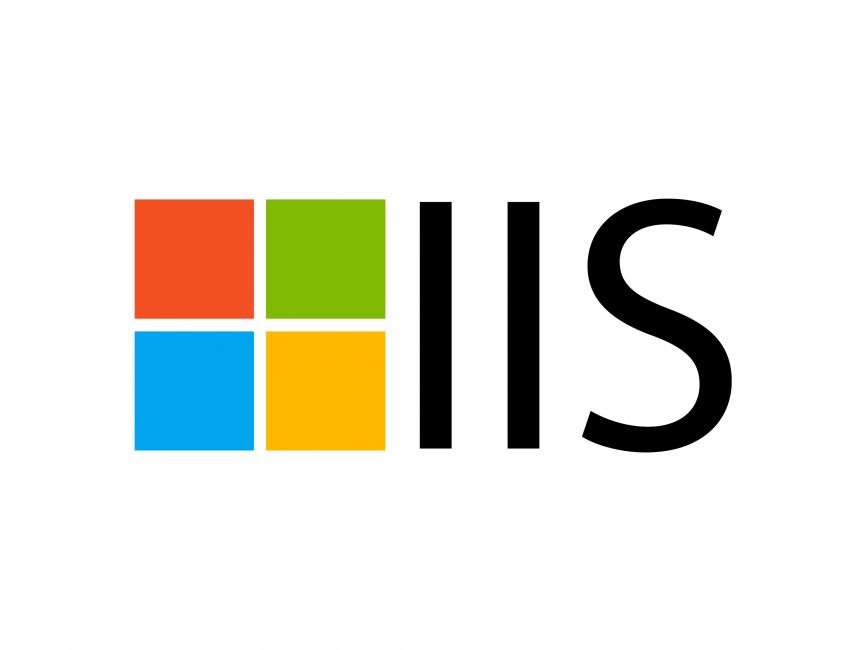Configuring Shared Configuration for Multiple IIS Servers in a Web Farm
Jul 11, 2025 am 01:50 AMShared configuration in IIS allows multiple servers to use a centralized applicationHost.config file, ensuring consistency across a web farm. 1. It enables all servers to point to a shared configuration location. 2. Setup involves using a UNC path, enabling the feature in IIS Manager, and importing encryption keys. 3. Common issues include permission errors, config conflicts, and key mismatches. 4. Avoid it when using complex DevOps pipelines or role-specific servers where alternative tools like Ansible or PowerShell are more suitable. Proper setup with attention to permissions and encryption is crucial for success.

When you're managing multiple IIS servers in a web farm, keeping configuration consistent across all servers is key to smooth operation. Doing this manually isn’t just time-consuming — it’s error-prone. That’s where shared configuration comes in handy.

What Is Shared Configuration in IIS?
Shared configuration allows multiple IIS servers to use the same applicationHost.config file and other related files. Instead of maintaining separate configurations on each server, they all point to a central location for these settings.

This feature is especially useful in environments with load-balanced websites or when you're scaling out horizontally. It ensures that any changes made to the configuration are instantly reflected across all servers using that shared setup.
Note: This doesn’t replace centralized management tools like Web Farm Framework or PowerShell Desired State Configuration — but it’s a lightweight option for smaller setups or specific needs.

Setting Up Shared Configuration
To enable shared configuration, follow these steps:
- Make sure all servers are running the same version of IIS and Windows.
- Choose a central file share (like a UNC path) where the shared config files will live.
- On each server, open IIS Manager → Click the server node → Double-click "Shared Configuration".
- Use the wizard to import the configuration from the central location.
- Check the box for “Enable shared configuration” once imported.
During setup, you’ll be prompted to provide credentials that IIS will use to access the shared folder. It's best to create a dedicated account with read permissions for this purpose.
Also, encryption keys must be exported from the first server and imported into others. Without matching keys, encrypted sections in the config file won’t work properly across servers.
Common Issues and How to Handle Them
Even with a solid setup, a few common issues can pop up:
- Permissions: If IIS can’t access the shared folder, the site might fail to start. Double-check the account used for accessing the share has proper read rights.
- Configuration Conflicts: If there are local settings conflicting with shared ones, unexpected behavior may occur. Always test configuration changes in a controlled environment before pushing them live.
- Encryption Key Mismatch: If keys aren't correctly exported and imported, sensitive settings like connection strings won’t decrypt properly on other servers.
- File Locking or Sync Delays: When making real-time edits, ensure the shared config file isn’t locked by another process. Also, if you’re using sync tools like DFS or Robocopy, make sure they're not introducing delays.
One thing people often miss is ensuring that the administration.config file is also included if custom IIS manager settings or delegation rules are in place.
When Not to Use Shared Configuration
While shared configuration works well in many scenarios, it’s not always the best fit.
For example, if your environment uses complex deployment pipelines or infrastructure-as-code practices, you might prefer syncing configs via tools like Ansible, Puppet, or CI/CD scripts. Those methods offer more control and traceability.
Also, if you have different roles assigned to different servers (e.g., some handle APIs, others serve static content), applying a one-size-fits-all config might introduce unnecessary complexity or security risks.
In such cases, consider alternatives like centralized management through Web Deploy or scripting with PowerShell.
Basically, shared configuration in IIS helps keep things consistent across a web farm without needing third-party tools. It’s straightforward once set up, but don’t skip the small details like key export or permissions — those are easy to overlook but critical for it to work right.
The above is the detailed content of Configuring Shared Configuration for Multiple IIS Servers in a Web Farm. For more information, please follow other related articles on the PHP Chinese website!

Hot AI Tools

Undress AI Tool
Undress images for free

Undresser.AI Undress
AI-powered app for creating realistic nude photos

AI Clothes Remover
Online AI tool for removing clothes from photos.

Clothoff.io
AI clothes remover

Video Face Swap
Swap faces in any video effortlessly with our completely free AI face swap tool!

Hot Article

Hot Tools

Notepad++7.3.1
Easy-to-use and free code editor

SublimeText3 Chinese version
Chinese version, very easy to use

Zend Studio 13.0.1
Powerful PHP integrated development environment

Dreamweaver CS6
Visual web development tools

SublimeText3 Mac version
God-level code editing software (SublimeText3)

Hot Topics
 How to generate URL from html file
Apr 21, 2024 pm 12:57 PM
How to generate URL from html file
Apr 21, 2024 pm 12:57 PM
Converting an HTML file to a URL requires a web server, which involves the following steps: Obtain a web server. Set up a web server. Upload HTML file. Create a domain name. Route the request.
 How to open iis application pool
Apr 09, 2024 pm 07:48 PM
How to open iis application pool
Apr 09, 2024 pm 07:48 PM
To open an application pool in IIS: 1. Open IIS Manager; 2. Navigate to the "Application Pools" node; 3. Right-click the target application pool and select "Manage"; 4. Click "Advanced Settings" Tab; 5. Application pool configuration can be viewed and modified here.
 Can iis log files be deleted? How to delete them?
Apr 09, 2024 pm 07:45 PM
Can iis log files be deleted? How to delete them?
Apr 09, 2024 pm 07:45 PM
Yes, it is possible to delete IIS log files. Removal methods include selecting the website or application pool through IIS Manager and deleting the log file in the Log Files tab. Use a command prompt to go to the log file storage directory (usually %SystemRoot%\System32\LogFiles\W3SVC1) and use the del command to delete the log file. Use third-party tools such as Log Parser to automatically delete log files.
 How to solve iis cannot start
Dec 06, 2023 pm 05:07 PM
How to solve iis cannot start
Dec 06, 2023 pm 05:07 PM
Solutions to iis failure to start: 1. Check the integrity of the system files; 2. Check the port occupancy; 3. Start related services; 4. Reinstall IIS; 5. Reset the Windows system; 6. Check the metabase file; 7. Check file permissions; 8. Update the operating system and applications; 9. Avoid installing too many unnecessary software; 10. Back up important data regularly. Detailed introduction: 1. Check the integrity of system files, run system file checking tools, check the integrity of system files, etc.
 iis cannot start solution
Oct 24, 2023 pm 03:04 PM
iis cannot start solution
Oct 24, 2023 pm 03:04 PM
Solution: 1. Check whether the IIS service has been installed; 2. Check dependent services; 3. Check port conflicts; 4. Check configuration files and permissions; 5. Re-register IIS related components; 6. Check log files.
 What should I do if iis cannot start?
Dec 06, 2023 pm 05:13 PM
What should I do if iis cannot start?
Dec 06, 2023 pm 05:13 PM
Solutions to iis failure to start: 1. Check the integrity of the system files; 2. Check the port occupancy; 3. Start related services; 4. Reset the IIS configuration; 5. Reinstall IIS; 6. Check the event viewer log; 7 , Regular maintenance and updates; 8. Back up important data. Detailed introduction: 1. Check the integrity of the system files, run the system file checking tool, check the integrity of the system files, if you find problems with the system files, you can try to repair or replace the damaged files; 2. Check the port occupancy, in Windows Command prompt method.
 How to open iis manager on computer
Apr 09, 2024 pm 07:24 PM
How to open iis manager on computer
Apr 09, 2024 pm 07:24 PM
IIS Manager can be opened through Control Panel, Command Prompt, or Run window. Once opened, it contains detailed information and configuration settings about the web server, organized into: Server, Site, Application Pool, Feature View, and Common Tasks.
 How to set up iis protocol
Apr 09, 2024 pm 07:39 PM
How to set up iis protocol
Apr 09, 2024 pm 07:39 PM
To set up the IIS protocol, follow these steps: Open IIS Manager, select the website. In the Actions panel, click Bind. Add the protocol to use (HTTP or HTTPS), specify the IP address and port. For HTTPS, configure the SSL certificate, select the certificate type and certificate. Save the changes and test the binding.







